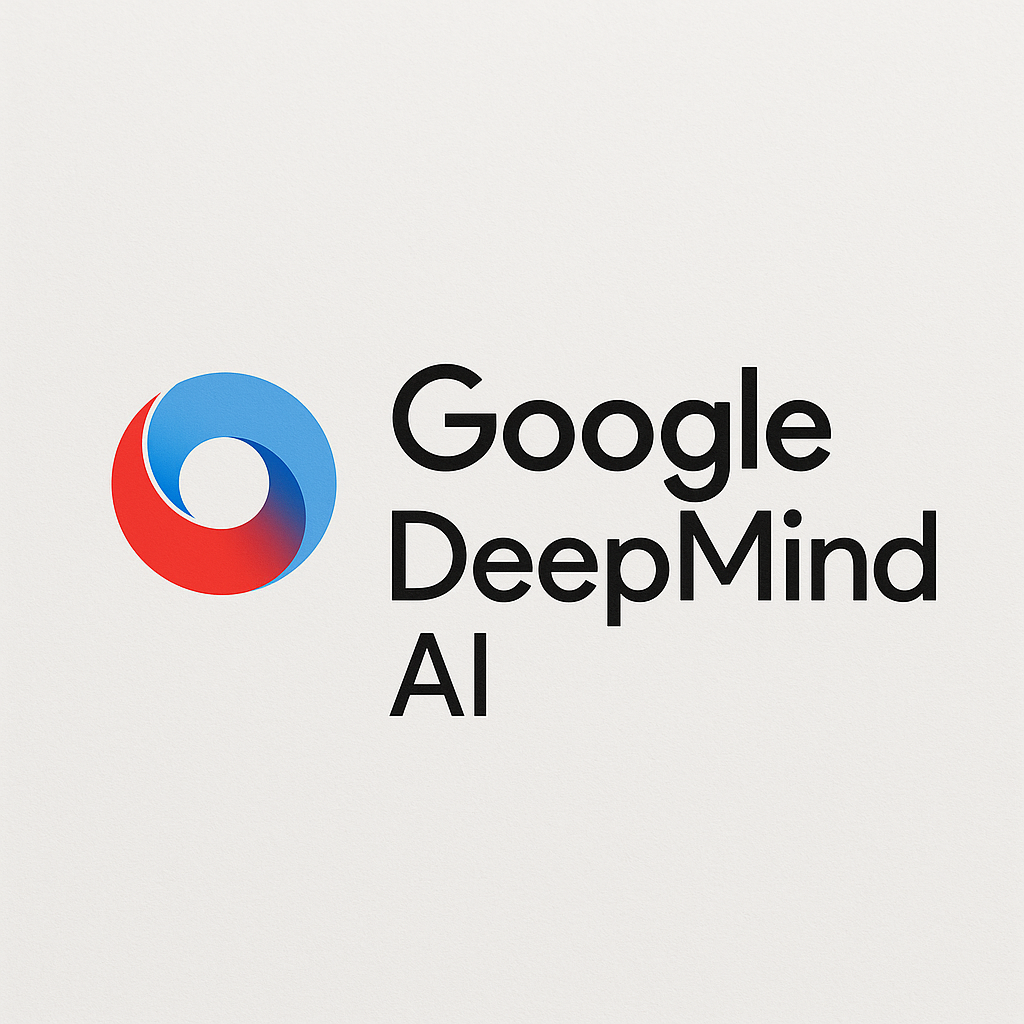Running a small business is no joke. I’m a freelance graphic designer, and for years, I struggled to keep my sales funnel flowing smoothly. I’d spend hours chasing leads, following up with potential clients, and trying to close deals only to realize I wasn’t even halfway through my to-do list. My inbox was a mess, my follow-ups were inconsistent, and I was losing clients simply because I couldn’t keep up. I knew I needed a better system, but I had no idea where to start. That’s when I decided to try using AI to manage my sales funnel. I’d heard about AI tools helping businesses automate tasks, personalize outreach, and boost conversions, but I wasn’t sure if it would work for someone like me a one-person operation with a tight budget. Spoiler alert: it did, and the results blew me away. In this post, I’m sharing my journey of using AI to manage my sales funnel, the tools I used, the challenges I faced, and the surprising outcomes that changed how I run my business.
My Sales Funnel Before AI: A Total Mess
Let’s start with what my sales funnel looked like before AI came into the picture. I’m a graphic designer who specializes in branding for small businesses, so my clients are usually entrepreneurs, startups, or local shops. My sales funnel had the usual stages: getting people to notice me (awareness), sparking their interest in my services, getting them to reach out or book a consultation (decision), and finally closing the deal (action). Sounds simple, right? Well, not really.
At the awareness stage, I was posting on Instagram and Pinterest, hoping potential clients would see my work. I’d also write blog posts about branding tips to drive traffic to my website. But I had no idea if these efforts were reaching the right people. At the interest stage, I’d rely on people signing up for my email list through a freebie (a branding checklist PDF I made). But my follow-up emails were inconsistent—I’d either forget to send them or write something rushed that didn’t really connect. By the time I got to the decision stage, I was manually replying to inquiries, scheduling calls, and sending proposals. If I was busy with a project, these leads would go cold, and I’d lose them. Closing deals was hit or miss—sometimes I’d land a client, other times I’d never hear back.
I was spending way too much time on repetitive tasks like sending follow-up emails, scheduling calls, and tracking leads. I felt like I was drowning – always running out of time, losing potential clients, and barely keeping up. I knew I needed to streamline my process, but I didn’t have the budget to hire a virtual assistant or a sales team. That’s when I started researching AI tools.

Discovering AI Tools for My Sales Funnel
I’d heard about AI tools like ChatGPT and others that could help with things like writing emails, generating content, and even automating workflows. A quick search online led me to a few tools that seemed perfect for managing a sales funnel. I decided to focus on three main areas: lead generation, email automation, and personalization. After some trial and error, I settled on a few tools that fit my budget and needs.
First, I used Postaga, an AI tool that helps with outreach and lead generation. It promised to find potential clients by analyzing online data (like Google Maps or business directories) and creating personalized outreach campaigns. Next, I picked GetResponse, which has AI features for email marketing, like generating email copy and automating follow-ups. Finally, I used Copy.ai to help me write better emails, social media posts, and landing page content that sounded more professional and engaging. I wasn’t sure if these tools would really work for me, but I figured I’d give them a shot.
Step 1: Using AI for Lead Generation
The first thing I tackled was the awareness stage getting more leads into my funnel. I started with Postaga, which helped me find potential clients. I told the tool I was looking for small businesses in the U.S. that might need branding services, like cafes, boutiques, or startups. Postaga pulled data from online sources and gave me a list of businesses, complete with contact info and details like their industry and location. It even suggested personalized email templates for reaching out.
I sent out my first batch of emails to 50 businesses. To my surprise, I got 5 replies within a week – 3 of them were interested in learning more about my services! Before AI, I’d spend hours searching for leads manually on Google or LinkedIn, and I’d be lucky to get one response after reaching out to 20 people. With Postaga, I was already seeing a better response rate, and it took me less than an hour to set up the campaign.
Step 2: Automating Emails with AI
Next, I focused on the interest and decision stages keeping leads engaged and moving them toward booking a consultation. I used GetResponse to set up an automated email sequence for anyone who signed up for my branding checklist. I’d always meant to follow up with these leads, but I’d often forget or get too busy. With GetResponse, I created a series of 5 emails that would go out automatically over two weeks.
Here’s where the AI part came in: GetResponse has a feature that generates email copy for you. I told it to write a welcome email in a friendly, professional tone, and it came up with something like: “Hey there! Thanks for grabbing my branding checklist I’m so excited to help you make your business shine. Here’s a quick tip to get started…” It was a great starting point, and I just tweaked it a bit to make it sound more like me. I set up the sequence so the first email went out right after someone signed up, the second a few days later with a case study of my work, and so on. The final email invited them to book a free 15-minute consultation with me.
The results? Out of 30 people who signed up for my checklist that month, 8 booked a consultation. Before AI, I was lucky if 1 or 2 people responded to my manual follow-ups. Automating my emails saved me hours, and the AI-generated copy made my emails sound polished and consistent.
Step 3: Personalizing with AI for Better Conversions
The final piece was closing more deals. I noticed that my consultation calls often went well, but my proposals didn’t always convert. I’d send a generic proposal that didn’t really speak to the client’s specific needs. I decided to use Copy.ai to help me write better proposals and follow-up emails.
For example, after a consultation with a client who owned a small coffee shop, I asked Copy.ai to write a proposal for a branding package. I gave it some details: “The client is a coffee shop owner in Seattle, wants a modern logo and social media graphics, budget is $1,500.” Copy.ai generated a proposal that highlighted how my services would help their business stand out in a competitive market, with a breakdown of deliverables and pricing. I edited it to add a personal touch, mentioning a specific idea we’d discussed on the call (like using earthy tones in their logo to reflect their vibe). The client loved the proposal and signed on within a day.
I also used Copy.ai to write follow-up emails after sending proposals. If I hadn’t heard back in a few days, I’d send a quick note like, “Hey [Name], just checking in any questions about the proposal? I’d love to get started on your project!” These little nudges made a big difference. In the first month of using AI for personalization, I closed 6 out of 8 deals a 75% conversion rate, up from my usual 30%.
The Challenges I Faced
It wasn’t all smooth sailing, though. At first, I struggled with the AI-generated content. Some of the emails from GetResponse sounded too formal, like something a corporate robot would write. I had to spend time tweaking them to match my voice, which was a bit frustrating. Also, Postaga’s lead generation wasn’t perfect some of the contacts it found were outdated, and I got a few bounced emails. I learned to double-check the data before sending out campaigns.
Another challenge was trusting AI to handle client communication. I was worried my leads would notice I was using AI and think I was being lazy. But after reviewing and editing the AI’s output, I found that it still sounded like me just a more polished version. No one ever mentioned anything, and my clients seemed happier with the faster responses and professional tone.
The Results: A Transformed Sales Funnel
After three months of using AI to manage my sales funnel, the results were incredible. I went from spending 15 hours a week on sales tasks to just 5 hours. My lead generation doubled I was now reaching out to 100 potential clients a month instead of 20, and my response rate went from 5% to 10%. My email automation meant I never missed a follow-up, and my conversion rate from consultation to client jumped from 30% to 75%.
Financially, it made a huge difference too. In those three months, I landed 15 new clients, bringing in $20,000 in revenue almost double what I’d made in the previous quarter. More importantly, I had more time to focus on designing, which is what I love most. I wasn’t stressed about my inbox or losing leads anymore. My sales funnel felt like a well-oiled machine.
What I Learned and Tips for Others
Looking back, using AI to manage my sales funnel was one of the best decisions I’ve made for my business. It didn’t replace me it just made me more efficient and let me focus on what I’m good at. Here are a few things I learned, along with tips for anyone wanting to try this:
- Start Small: Don’t try to automate everything at once. I started with lead generation, then moved to emails, and finally tackled personalization. This helped me get comfortable with the tools.
- Edit the AI’s Output: AI isn’t perfect. Always review and tweak its suggestions to make sure they sound like you.
- Track Your Results: I kept a simple spreadsheet to track my leads, responses, and conversions. This helped me see what was working and what needed adjusting.
- Don’t Over-Automate: For high-stakes stuff, like proposals for big projects, I still wrote parts of them myself. AI was a starting point, not the final product.
- Invest in the Right Tools: Tools like Postaga, GetResponse, and Copy.ai were affordable for me (most have free trials or plans under $50/month). Do your research to find ones that fit your needs.
Insights
Using AI to manage my sales funnel completely changed how I run my business. It took a process that used to stress me out and turned it into something I actually enjoy. I’m reaching more clients, closing more deals, and making more money all while working less. If you’re a small business owner or freelancer struggling with sales, I can’t recommend AI tools enough. It takes some trial and error, but once you get the hang of it, you’ll wonder how you ever managed without them. My sales funnel isn’t perfect yet, but it’s a thousand times better than it was, and I’m excited to keep improving it with AI.



